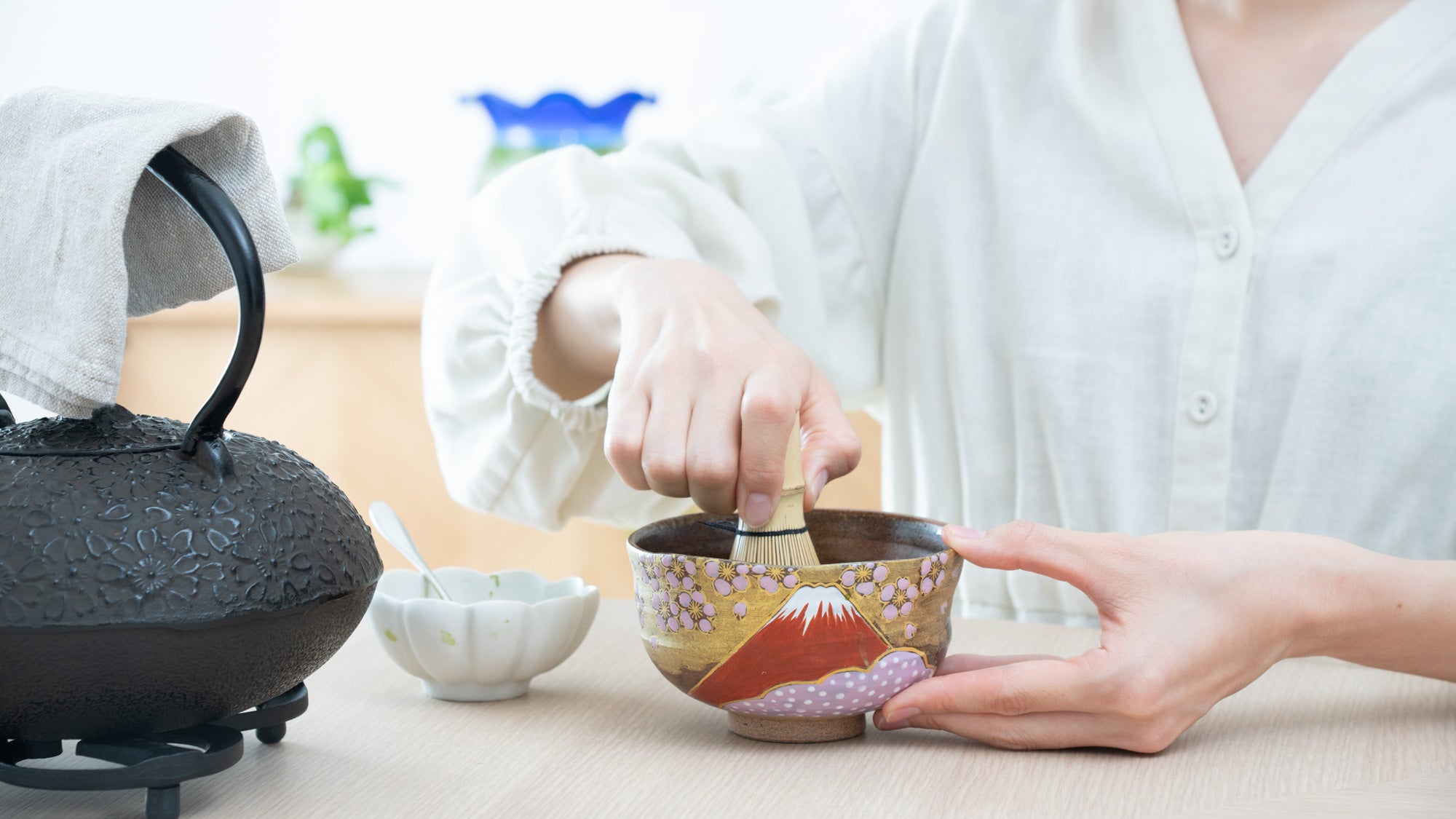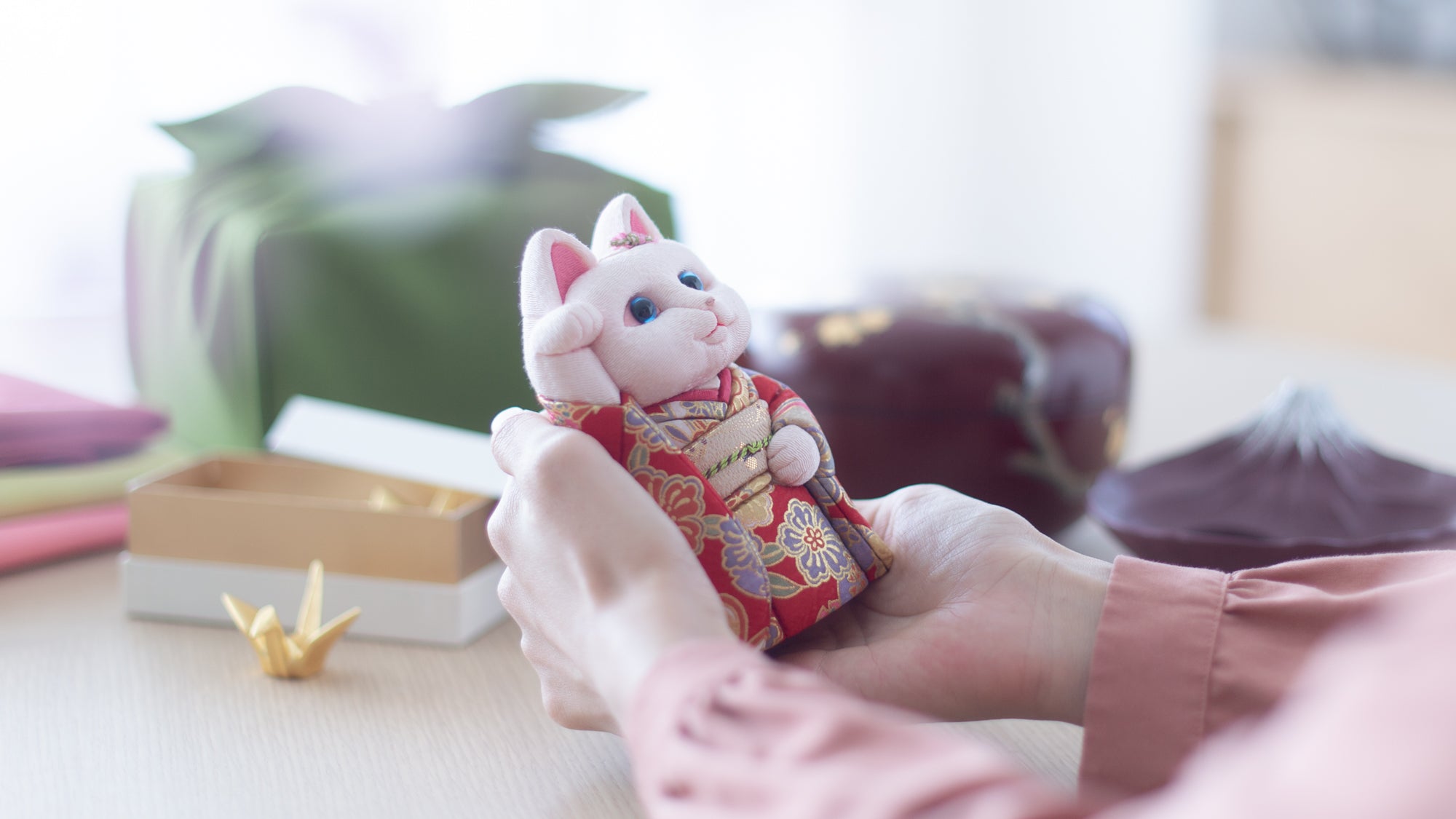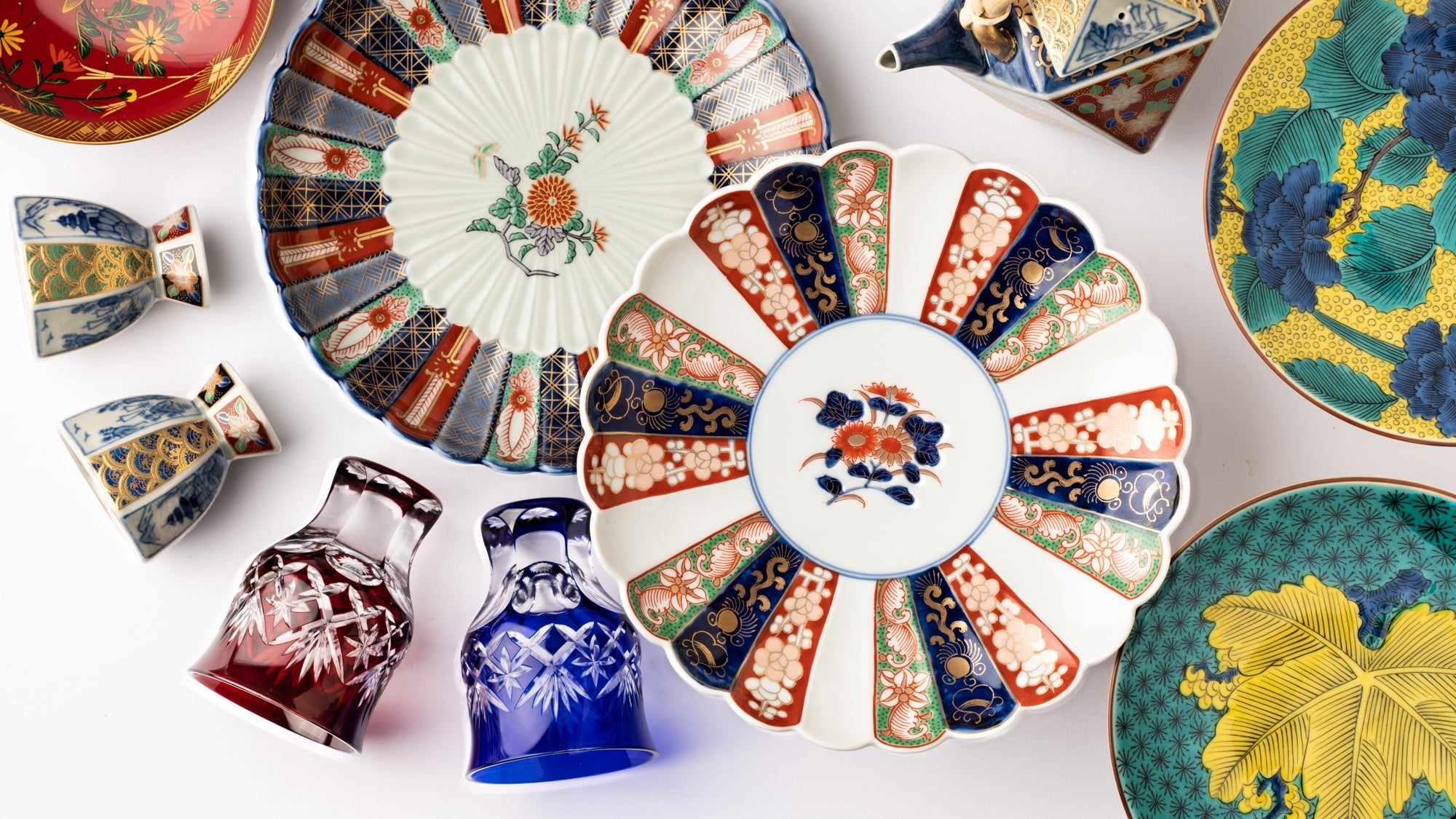12 April 2023
Mt. Fuji: Through the Eyes of the Artists of the Past

There is an emotion of excitement and joy when you are able to catch a glimpse of Mt. Fuji. It may be through a narrow gap between tightly crowded buildings or during a Shinkansen ride crossing Shizuoka Prefecture, but no matter where the location, the sight of this majestic peak can fill one's heart with a sense of happiness and instill a feeling of good fortune that something wonderful could be on the horizon.
Over its long history as the highest summit of Japan, Mt. Fuji has continued to capture the hearts of many with its grandeur and majestic, almost sacred, beauty. And as like in the present, our predecessors, too, were fascinated by its beauty and tried hard to pass on its greatness to future generations as we find many works of art celebrating its iconic status.
From poetry to woodblock prints, Mt. Fuji has been the source of inspiration for a variety of artworks over the centuries. Follow us and see how Japan's beloved mountain made its mark on different artistic fields in ancient times.
Contents
- Verses from the Past
- Magnificence on Canvas
- Engraved Grandeur
- Conclusion
Verses from the Past

Katsushika Hokusai, Tokaido Ejiri Tagonoura Ryakuzu
(The Bay of Tagonoura at Ejiri on the Tokaido-Simplified View)
from the series Fugaku Sanjurokkei (Thirty-Six Views of Mt. Fuji), 1830-1832
First references of Mt. Fuji in literature were poems written in "Manyoshu," the oldest collection of Japanese style poems consisting of 4,516 verses. Composed by a variety of writers from emperors to farmers, this compilation of poetry encompassed subjects such as life within the imperial court during the Nara Period (c. 710-794), traveling, romance and the splendor of nature.
One of the most iconic poems referring to Mt. Fuji was written by Yamabe no Akahito (date of birth and death unknown), a poet who greatly contributed to the composition of Manyoshu. He writes about how he was overwhelmed by the snowy splendor of Mt. Fuji, which he saw from afar near the bay of Tago (present-day Shizuoka City, Shizuoka Prefecture). The master poet writes:
Tago no ura yu
uchi idete mireba
mashiro niso
Fuji no takane ni
yuki wa furikeru
The English interpretation of this poem is :
Passing the bay of Tago, I see from afar, when gazing out, pure white on the heights of Fuji's peak-the snow has fallen.
The beauty of Mt. Fuji has amazed countless numbers of people throughout its history, especially when its peak is enveloped with layers of pure white snow. The iconic mountain offers a remarkable sight that inspired those who saw it long ago to sing its praises.
Magnificence on Canvas

A section from Hata no Chitei's Shōtoku Taishi Eden (The Illustrated Biography of Prince Shōtoku) revived through modern technology
The oldest surviving drawn piece of art of Mt. Fuji is the Shotoku Taishi E-Den by Hata no Chitei (date of birth/death unknown) created in 1069. Shotoku Taishi (574-622), or Prince Shotoku, was held in high reverence as an exceptional leader during the Asuka period (c. 592-710). This artwork pays homage to this enigmatic personage by showing him with the incredible ability to soar across even the majestic Mt. Fuji. While it is unlikely that the artist had ever seen Mt. Fuji, he nonetheless chose it for its undeniable grandeur, emphasizing its status as a powerful and magnificent sight since ancient times.

Yokoyama Taikan, Kenkon kagayaku (Resplendent Signs), 1940
In more recent times, one painter stands out for his numerous works of Mt. Fuji. Yokoyama Taikan (1868-1958), whose name is synonymous with Mt. Fuji, is known as the master of modern Japanese painting and throughout his career painted over more than 1000 paintings of Mt. Fuji.
As a youth, he was captivated by the breathtaking beauty of Mt. Fuji from afar while climbing the Tateyama Mountains in Toyama Prefecture. This impression of Mt. Fuji stayed with him and inspired him to continue to paint its grand appearance and pay homage to its symbolic values in his artwork.
One of his most iconic works is Kenkon kagayaku (Resplendent Signs). Painted in 1940, the painting expresses the grandeur of nature with a vividly red sun and Mt. Fuji soaring above a deep sea of clouds. This piece displays an unparalleled level of beauty that leaves viewers captivated with a stunning imagery of Mt. Fuji seen almost afloat amongst a bed of clouds. Taikan's works capture the sacred spirit and magnificence of Mt. Fuji.
Engraved Grandeur

Katsushika Hokusai, Gaifu Kaisei
(A Mild Breeze on a Fine Day), from the series Fugaku Sanjurokkei
(Thirty-six Views of Mt. Fuji), 1830-1832
Mt. Fuji's renown across the globe can be attributed to one artist in particular - Katsushika Hokusai (1760-1849). His spectacular woodblock prints are credited with giving Mt. Fuji worldwide recognition, and greatly influencing Impressionist painters such as Van Gogh, Gauguin, and Monet.
In the Edo period (c. 1603-1867), Katsushika Hokusai's collection of masterpiece prints Fugaku Sanjurokkei (Thirty-six Views of Mt. Fuji) was published when he reached the age of 72. He depicted images of Mt. Fuji from various vantage points during all four seasons in 46 woodblock prints. Interestingly, the series was originally to be published with 36 prints, but due to its high popularity, 10 additional prints were included to the series.
One of the most well-known prints among the 46 prints is Gaifu kaisei which translates to "warm south wind, clear day." This print depicts Mt. Fuji in the early morning of the summer and autumn months. The entire mountain is awash with a vivid red hue, standing out boldly amid a Berlin blue sky with altocumulus clouds. Also known as "Red Fuji," this print is treasured as an iconic image of Mt. Fuji, and is a popular motif drawn on Kutani ware.
Famed for its artistry, the ukiyo-e prints of the Edo period were commonly known for their portrayal of beautiful women and popular actors. The incredible works of Hokusai broke new ground by focusing on just one single picturesque location, Mt. Fuji. Through his remarkable works of art, Hokusai made Mt. Fuji's beauty more accessible to the masses in Japan as well as in countries overseas.

From the biggest window of our new office, one can see Mt. Fuji peeking behind a sea of buildings and houses. Even from afar, our eyes are drawn to its sight, standing proud and dignified as a symbol of our country, our culture.
As we look upon the works crafted by master artists of the past, it is abundantly clear that Mt. Fuji has been an iconic part of Japan's identity since antiquity. And through these works of art, we are reminded of the grandeur and beauty of Japan's highest peak, Mt. Fuji.


















































































































































































































